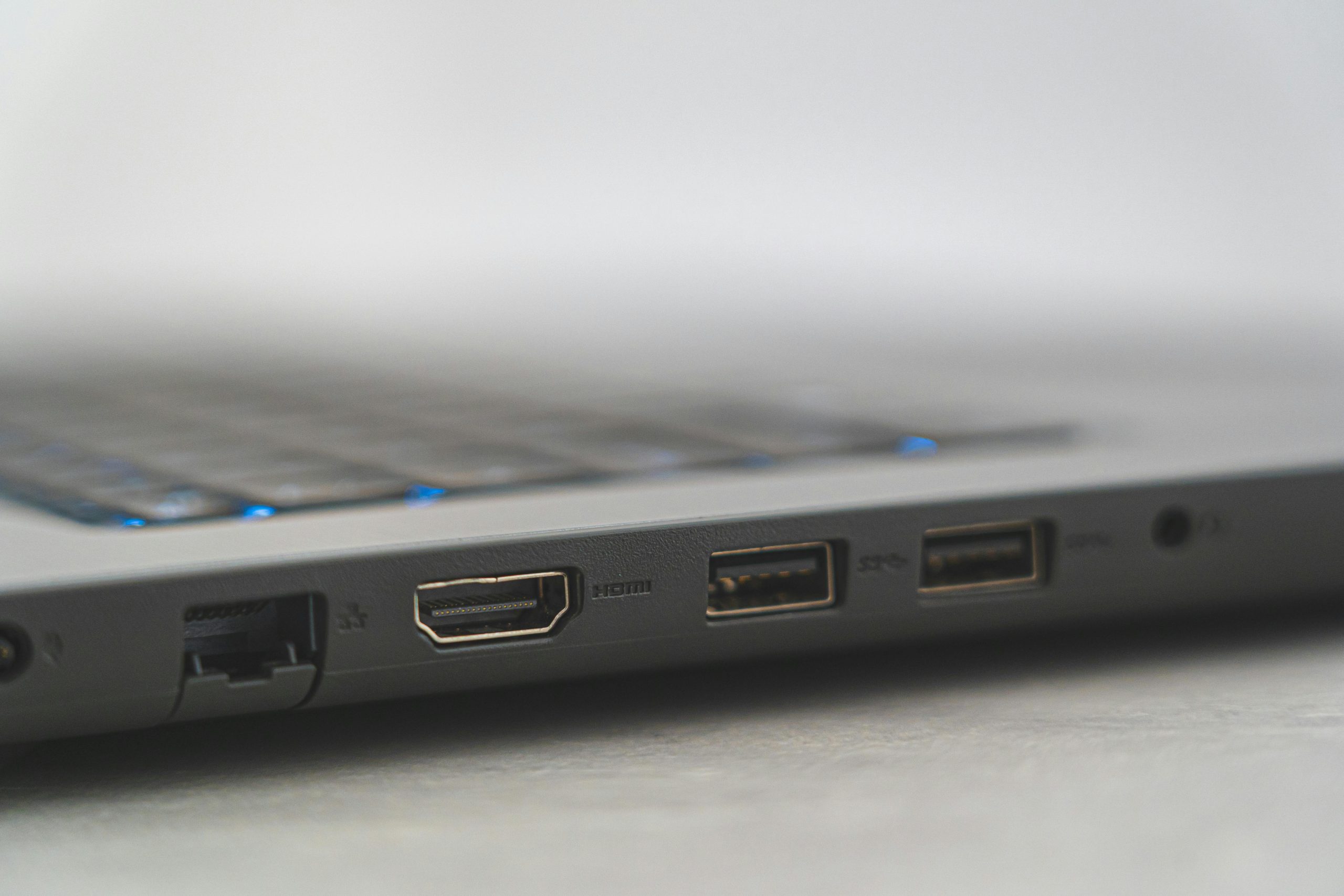Optimizing Your Home Office Setup for Seamless Multi-Device Connectivity
In today’s increasingly flexible work environment, many professionals seek to streamline their home office arrangements to enhance productivity and convenience. If you’re looking to create an efficient WFH setup that allows easy switching between multiple devices and peripherals, understanding the available technology options is essential. This article explores strategies and solutions to optimize your home office configuration, focusing on device interoperability, input management, and cost considerations.
Understanding Your Hardware and Needs
Your current setup includes a personal PC, work laptop, dual (soon-to-be dual) monitors, a keyboard and mouse with USB-A connections, and a webcam. Specifically:
-
Work Laptop: Lenovo ThinkPad L13 Yoga Gen 4, equipped with Thunderbolt 4, HDMI 2.1, and USB-C 3.2 Gen 2 supporting data transfer, Power Delivery, and DisplayPort.
-
Monitor: Phillips HD LCD (253V7LJAB/75) with HDMI, VGA, and DisplayPort inputs.
-
Peripherals: USB-A keyboard and mouse, webcam (OBSBOT Meet SE) via USB-C or USB-A.
Your primary goal is to create a setup that allows seamless switching between your devices, with minimal physical cable reconnecting. Additional desires include the ability to connect external speakers, use multiple monitors simultaneously with different devices, and maintain a streamlined, clutter-free workspace.
Potential Hardware Solutions
1. KVM Switches
Keyboard-Video-Mouse (KVM) switches are devices designed to let users control multiple computers with a single set of peripherals and monitors. They typically switch the display and peripherals with the press of a button or hotkey. While popular, KVM switches can sometimes be unreliable or fiddly, especially with certain resolutions, refresh rates, or newer USB protocols.
2. USB Docking Stations / Hubs
Modern USB docking stations or hubs can significantly simplify multi-device setups. They typically connect via a single USB-C or Thunderbolt port and expand a laptop’s connectivity, providing additional video outputs, USB ports, audio jacks, and charging capabilities.
Advantages include:
-
Easy connection: Plug the dock into your laptop and connect peripherals.
-
Multiple video outputs: To support dual monitors.
-
Charging capability: Some docks can charge your laptop while connected.
3. Combining Solutions
For your scenario, a combination approach may work best. Using a high-quality Thunderbolt 3/4 or USB-C dock can
Share this content:



